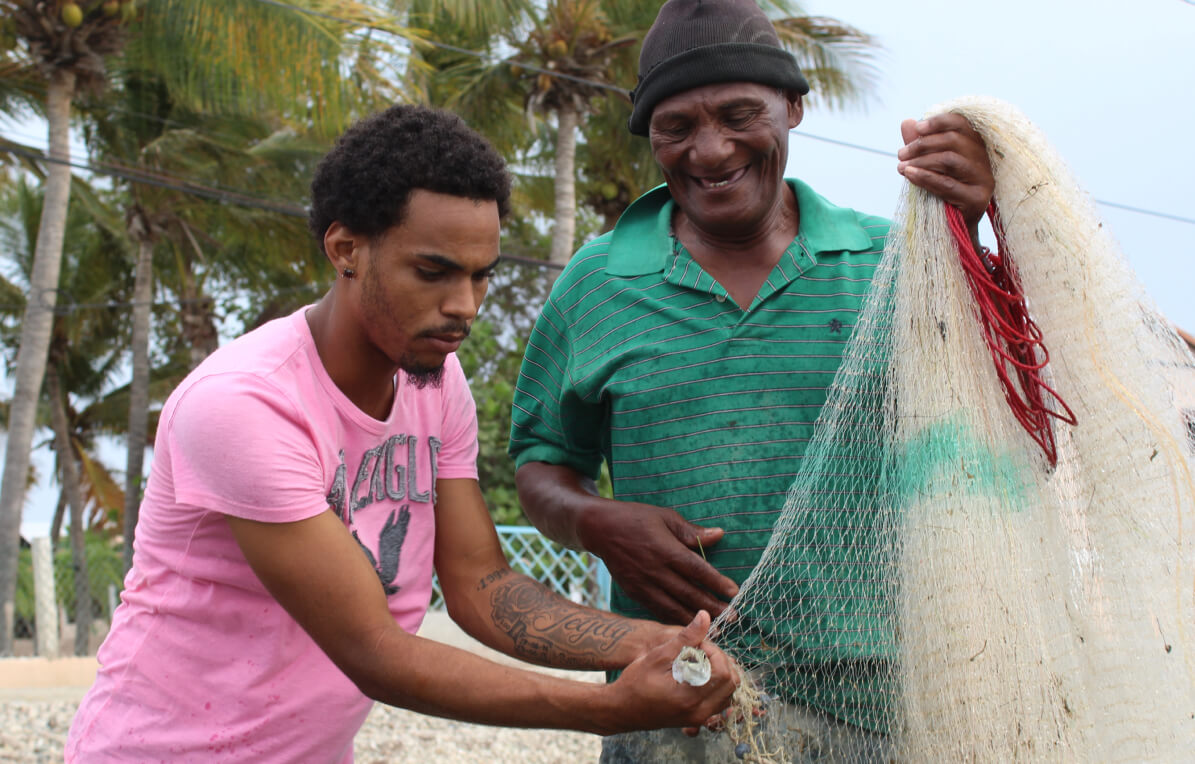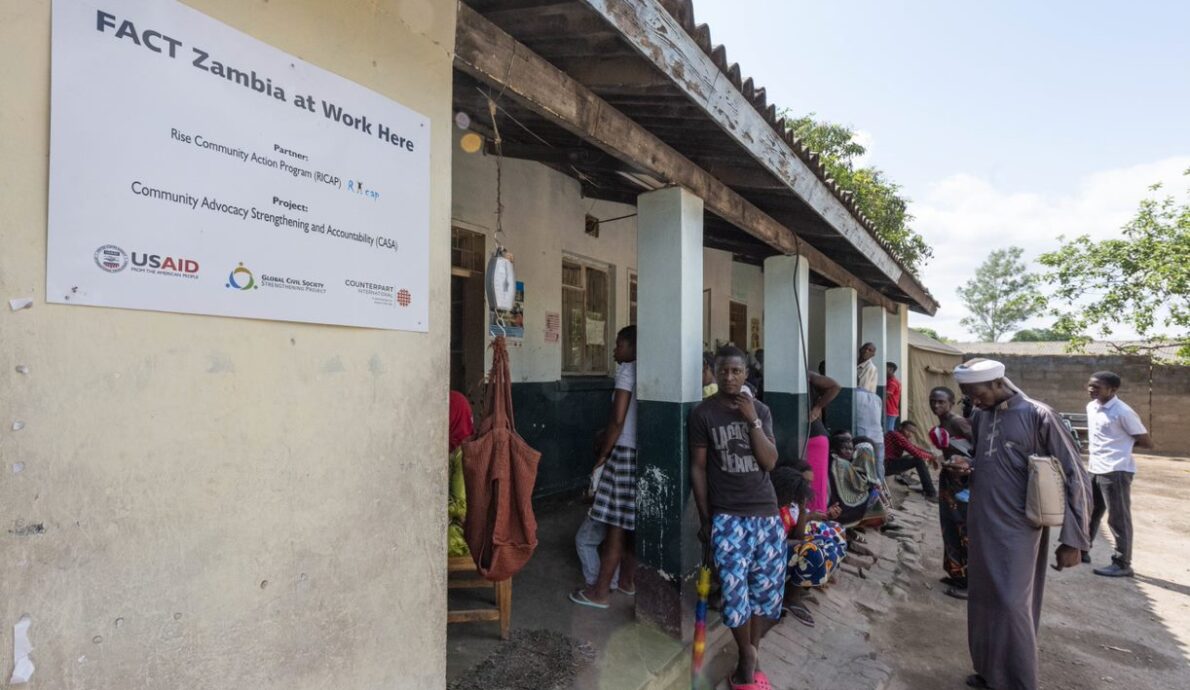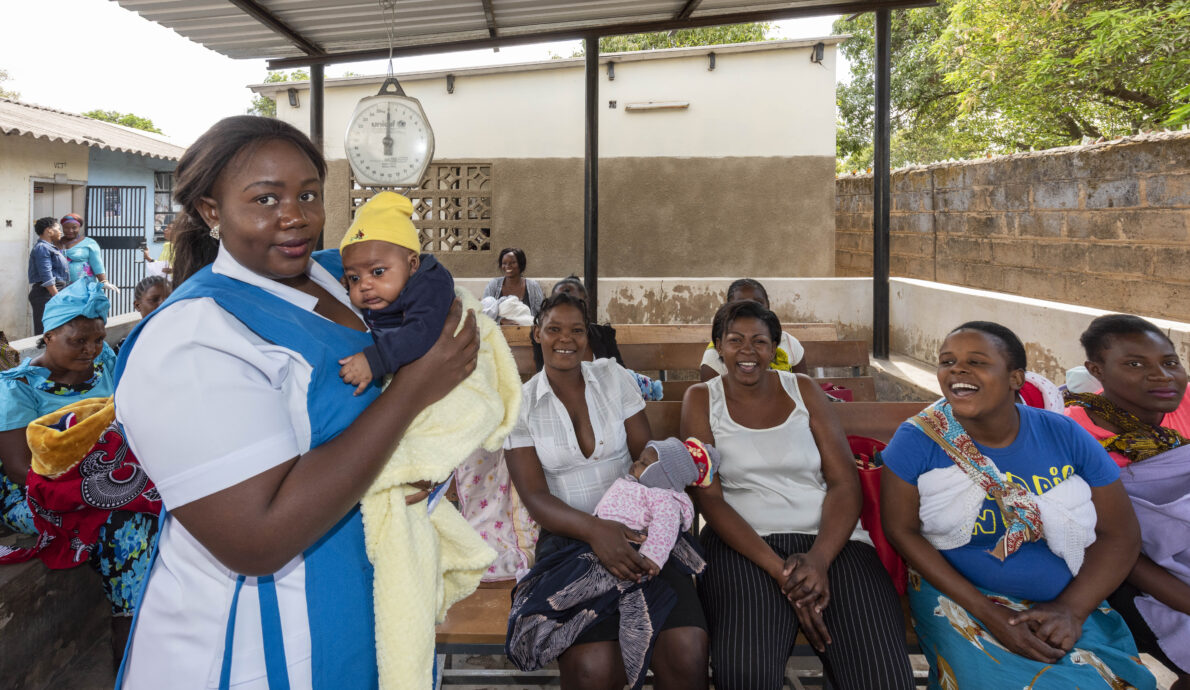For children orphaned by the HIV/AIDS epidemic in Zambia during the 1990s and early 2000s, the lack of access to a school adds significantly to their challenges. Communities all across Zambia have come to the aid of vulnerable children and established their own schools. There are now thousands of community schools like Chisomo Streamside Community School in Chipata, Zambia that have stepped up.
Even with the improvements to health care and increased access to HIV treatments, community schools are still playing a vital role in providing education to children whose parents have died or are chronically ill. And as Zambia’s population grows, the government struggles to keep pace with demand for new schools.
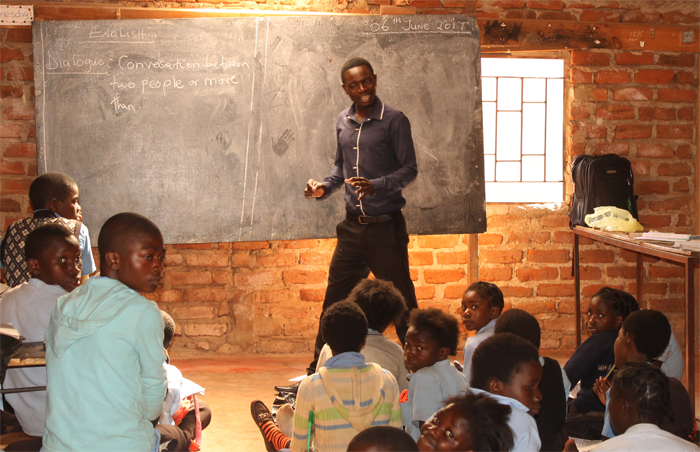
Community schools face challenges to provide students with basic resources like desks and books, and to find enough qualified teachers for the number of students.
Last month, the US Ambassador to Zambia, Eric Schultz, visited the Chisomo School to see first-hand how Counterpart’s Fostering Accountability and Transparency (FACT) program partners with community leaders to improve education for Zambia’s children.
Community schools have been established by citizens in areas where the Ministry of General Education has not built a public school. While the government has instituted a policy – the Education Act – incorporating community schools into the Ministry of General Education and ensuring improved government funding and support for these schools, implementation has been slow.
It was only last year that community schools were given specific financial support by the government, despite years of lobbying by civil society members like Zambia Open Community Schools (ZOCS), a Counterpart partner. Unfortunately, the current level budgeted by the government – the equivalent of US$300,000 intended to support more than 3,000 community schools – is woefully inadequate for what is needed.
With these challenges in mind, Counterpart partners with ZOCS and others to develop community-led solutions to improve education access and government support. In Chipata, ZOCS trained members of the Parent Community School Committee (PCSC) from six community schools in advocacy techniques and shared information about the rights and entitlements promised to community schools under the Education Act. As a result, Committee members were better prepared to advocate for what the government law has promised to deliver to their community schools.
The parent-community groups have worked closely with the Ministry of General Education’s District Education Board Secretary to discuss improved implementation of the Education Act, sharing the need for more resources and better teachers in these rural schools. The Secretariat has noted that “We are now better informed regarding the challenges faced by the community schools due to the information provided by the advocacy committee.” The government, he added, is looking forward to strengthening PCSCs across more than 70 community schools in the district.
“It was us who were trained who are now disseminating this information,” Maiwasi, a member of the District Advocacy Committee, said about the efforts to share knowledge among other PCSCs. “We want to become a force for change in a much bigger area. We want to create a big voice and reach as many community schools as we can.”
The Ambassador had a chance to meet with representatives from PCSCs, who shared their excitement about the new ways they have been working with the Ministry of Education, having never had the chance to be involved before. The school administration shared how the Ministry was now providing the schools with funding, books and desks, and qualified teachers for the first time – due to the successful community advocacy by the PCSCs.
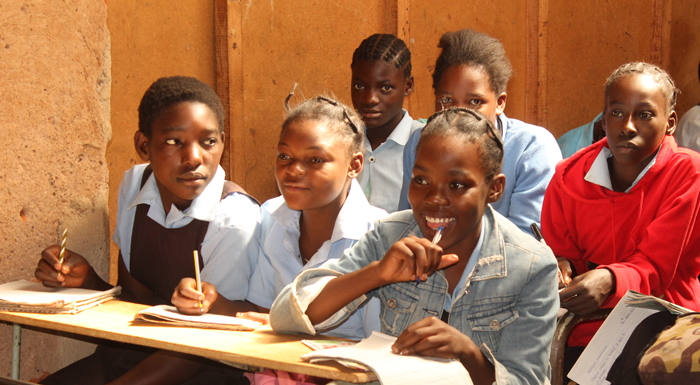
With more desk space, students can take notes easier and participate in focused learning.
“Because of our seriousness as PCSCs we’re able to look at what teachers are doing. And then children from other communities who are supposed to go to other schools – they opted to come here,” said Daniel, chair of the Chisomo school’s PCSC.
The Ambassador shared with the community leaders, “I think the money that we do spend on education is, frankly, even more important for the future of the country.” He added, “Zambia is a democracy and the government should be here to serve the needs of its people.”
Students have also had their voices heard through the establishment of Student School Councils. Two members of the student council, Michael Mwale and Chilumba Mulenga, shared with Ambassador Schultz how they had raised concerns with the school management regarding hygiene and sanitation at the school. They even raised enough donations from the community to ensure every class had hand washing facilities at Chisomo.

Members of the Student Council at Chisomo Streamside Community School
As part of his remarks praising the work of FACT and our Zambian partners, the Ambassador said, “We are very happy that we are in a position to be of service and to be of help to the people of Zambia.”
FACT, funded by USAID, works with civil society partners and the Zambian government to improve government service delivery, the economic and social empowerment of women and girls, and livelihoods. The program also focuses on improving the agriculture sector to meet the nutritional needs of Zambians.


